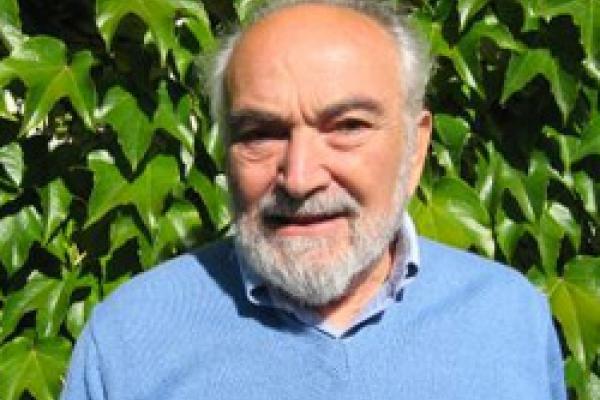
Title: Central Limit Theorems and Lee-Yang Zeros
Speaker: Joel Lebowitz, Rutgers University
Seminar Type: Analysis & Operator Theory and Combinatorics & Probability joint seminar
Abstract: Let p(n; A_N) be the probability that there are exactly n objects in the set A_N with p(N; A_N) >0 and p(n;A_N) =0 for n>N: A_N can be a region in R^d or just a set of K points,eg a subset of Z^d or the edges of a graph, only N of which can be occupied. Define the generating function P(z:N)=Sum{p(n;A_N)z^n}. Consider now the fluctuations in the number of particles in A_N.I will describe sufficient conditions on the location of the (Lee-Yang) zeros of P(z:N) in the complex z-plane to yield a central limit theorem, or even a local central limit theorem for these fluctuations when N and the Variance of the number of particles in A_N goes to infinity. The main part of the talk will consist of applications to statistical mechanical problems (where the location of the zeros determines phase transitions in macroscopic systems), determinantal point processes ( such as the distribution of eigenvalues in some random matrices, an extension of earlier work with O. Costin) and graph counting polynomials (current joint work with B. Pittel, D. Ruelle and E. Speer).
